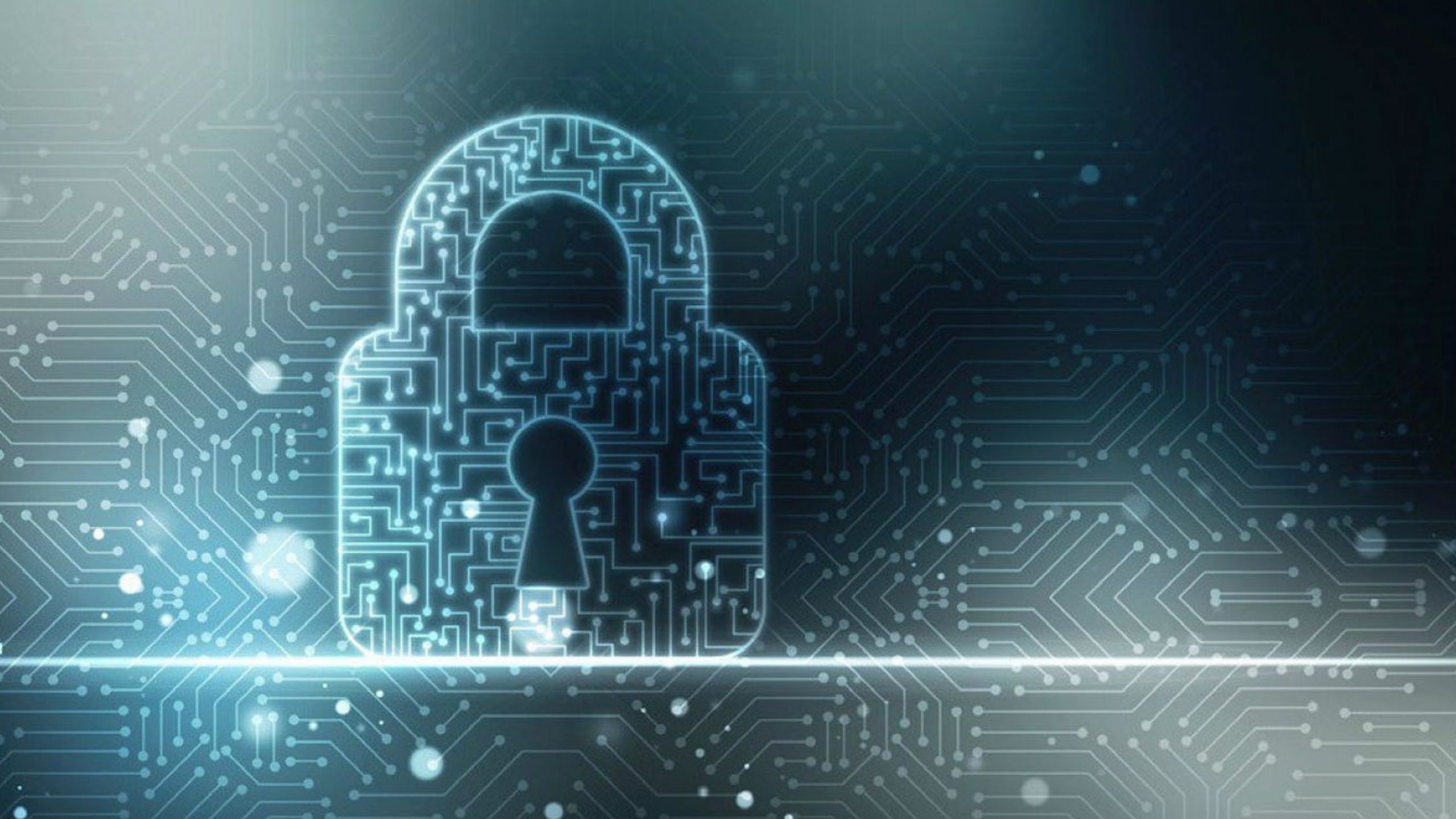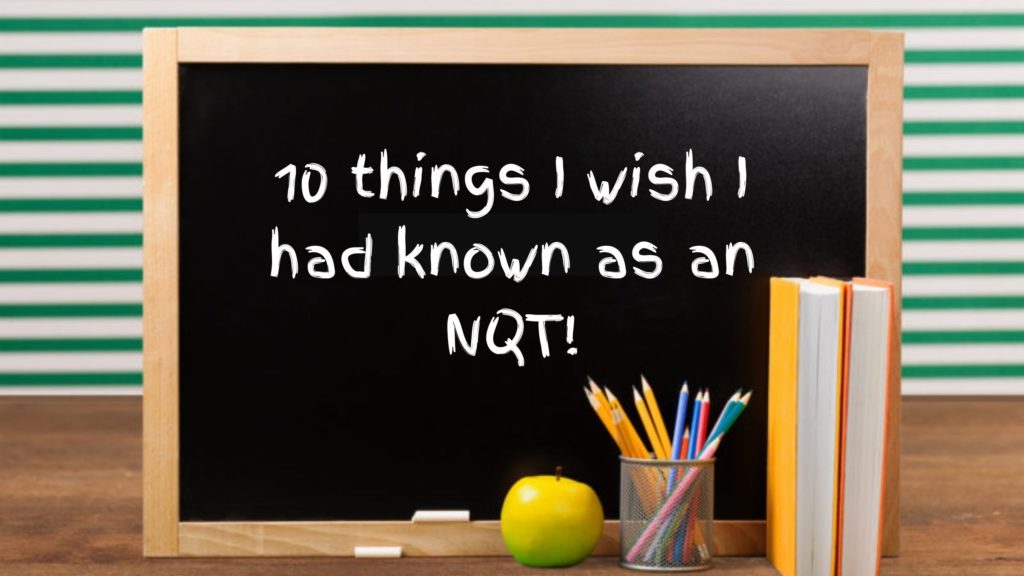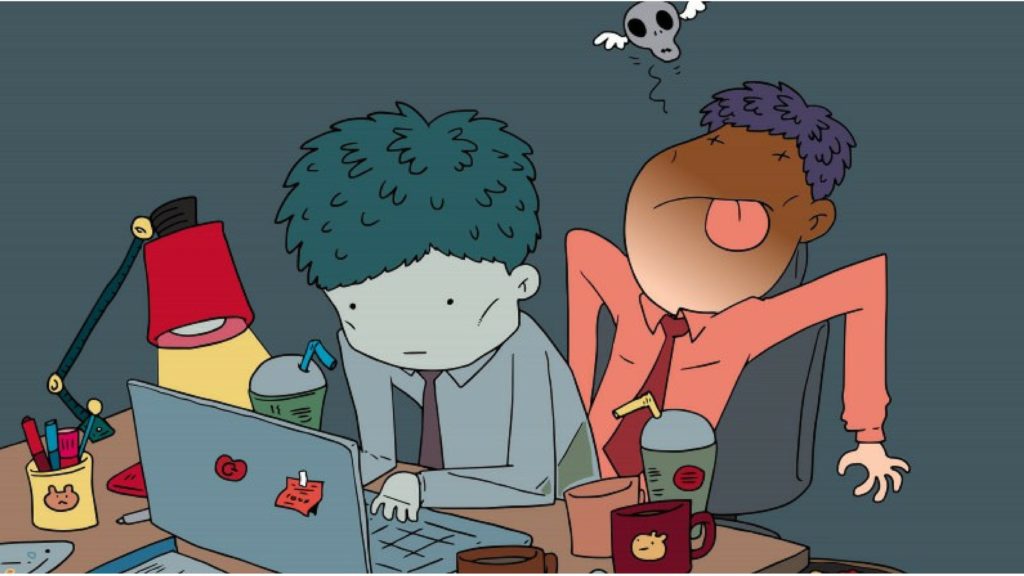Top 10 online safety resources

Today’s children and young people document their lives online, and for them, there is a seamless connection between the online and offline worlds.
They often do not understand the implications and consequences of sharing things online as they would offline – there is a disconnect between the two realities. Children and young people will often become involved in risky, harmful and illegal behaviour online, often with no thought given to the implications of their actions on themselves or others.
Keeping safe online is a key focus within Keeping Children Safe in Education (KCSiE), and all schools and practitioners have a duty to ensure that they are playing their part in helping children and young people to use the internet safely, and also upskill them to identify and recognise online behaviours of others which may be putting them or others at risk.

The internet is a fantastic resource which enables us all to connect, communicate and be creative.
However the internet is always changing and with the average 8 – 11-year-old spending up to 13 hours a week online, and 12 – 16 yr olds up to 21 hrs p/w, it is important that the responsible adults around them play a role in helping to manage their online activities – both whilst at school, but also at home.
Children need to be made aware of the impact to themselves and others that their online activity can have, and also the digital footprint that they leave behind every time they post something online.
People that children may be talking to online via gaming or streaming sites, may not be who they say they are and their intentions may be to harm, embarrass or blackmail them. It is vital that children are told this and warned that by accepting friendship requests from people they do not know, they may end up sharing personal or sensitive information that can be used to gain access to them.

Bullying and grooming can and does happen online, and very quickly, and can be very distressing for the victim which is why it is really important that practitioners and parents have an open dialogue with children about their internet use to gain their knowledge and understanding of how they are staying safe online; what have they been taught, what they know about privacy settings, & how to report or block any inappropriate or unkind behaviour that is happening to them or somebody they know.
S = Safe – keep your personal information safe. Do not share your full name, address, school or password with anyone that you do not know.
M = Meet – do not meet up with anyone who you only know online; even if they are a friend of a friend.
A = Accepting – think before clicking on or opening something that has been sent to you online. Do not accept friend requests from people that you do not know.
R = Reliable – do not believe everything that you see online, or is told to you. Be kind and respectful to others online and report those who aren’t.
T = Tell – tell an adult that you trust if something or someone ever makes you feel upset, worried, anxious, scared or confused

The top 10 E-Safety resources available to professionals, parents and young people are:
- Play Like Share – a series of three videos aimed at 8 – 10-year-olds around keeping safe online.
- UK Safer Internet Centre – an organisation who raise awareness about internet safety.
- Think U Know (CEOP) – an education programme set up by the National Crime Agency to minimise the risk of children being sexually exploited.
- Childnet International – a charity whose aim is to make the internet a safe place for children and young people.
- Bullying UK (part of Family Lives) – offers support and guidance for those being bullied online, at school or at work.
- Digizen – encourages users of technology to be and become responsible digital citizens. It shares specific advice and resources on issues such as social networking and cyberbullying and how these relate to and affect their own and other people’s online experiences and behaviours.
- Internet Watch Foundation – hotline for reporting illegal content found on the internet.
- South West Grid for Learning – provide safe, supported broadband internet, teaching and learning services for 2,500 schools in the South West of England and e-safety education and training regionally, nationally and internationally.
- The NSPCC – has partnered with O2 to provide an online safety helpline for parents and carers.
- Internet Matters.org – provides online safety resources for teachers and parents.








Hi Elaine,
Thanks a lot.